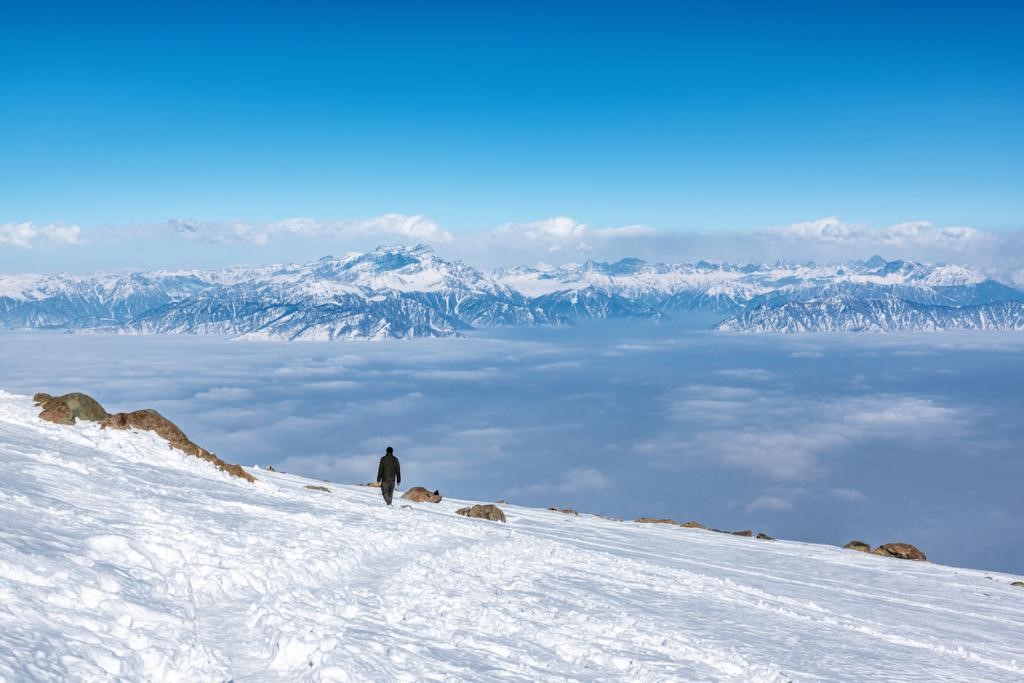





Context
About Permafrost
Key Facts about Jhelum River
The Jhelum River:
Some other facts
Tributaries of Jhelum River
|
PRACTICE QUESTION Discuss the significance of permafrost in Earth's ecosystems and its environmental implications. Examine the challenges and opportunities associated with the presence of permafrost, particularly in regions with high mountains and polar latitudes. |





© 2026 iasgyan. All right reserved